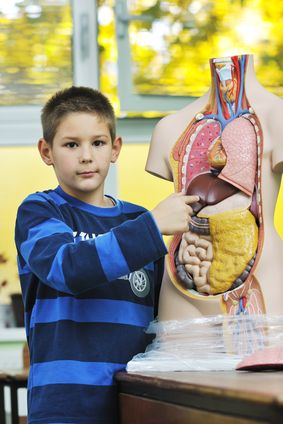Make blogs, content, websites, and presentations come alive!
They say a picture is worth a thousand words. Well, picture this: your blog goes viral. Your presentation garners a standing ovation at the end. Your website converts every 2 out of 3 visitors to email list subscribers. These things are much more likely to happen when you use visual elements to deliver your message.
Need a little more convincing? How about:
- 65% of your audience are visual learners
- Visual data is processed 60,000x faster by the brain than text.
- Videos on landing pages increase conversions by 86%
Back to the Future!

We all remember that day each week, month or year when your class had Show and Tell. You couldn’t just “Tell”. No self-respecting seven year old would stand up without a prop or visual of some kind to support their story. It was an amazing feeling to have your classmates hanging on your every word, anxious to know more, wasn’t it? Any reason you shouldn’t have that same electric connection to your audience now?
Start adding more visuals like photos, timelines, maps, video, links, charts, infographics, etc. to tell your business story. Click on over to “Visual Storytelling: 14 Tools for Journalists” for some easy ways to create your own.
Quote Unquote

Text isn’t a bad thing, but try to break up blocks of text with a visual. For instance you can pull your own quotes out of your presentation, blog, or newsletter or find an inspirational quote to tie in to your message. Then use one of these free tools to create a cool visual: QuotesCover, ReciteThis, and Quozio. You can get a lot of mileage out of your quote visual by sharing it in places where visuals RULE! Like on Pinterest, Instagram, Facebook, Twitter, etc.
One Last 
You can also use music to paint a picture for your audience. Let’s say you’re doing a presentation or creating a video to post to YouTube, and you want to add some background music but you’re not sure what music is “restricted” and what you can use freely. Music with Creative Commons licenses are music compositions written, produced and shared by people who do not charge anything when you use their music for your own use, commercially or non-commercially.
So basically, they create the music and keep ownership and copyright of it and you get the permission to use it for your videos or PowerPoint presentations as long as you credit the creator properly. Typically, you must provide the name of the creator and any other details that are specified when you download the music. So for a YouTube video you would use those details and place it at the credits of your video or in the video description.
You actually don’t have to look too hard for free music. It is literally hiding in plain sight – on Vimeo! Another great source is SoundCloud, where famous artists share their new tracks to the world. Look for the Creative Commons license section on the site. You can stream the available clips and it takes just a simple click to get the MP3 file without any registration.
Try a few of these ideas and see what resonates with your audience. You will stand out from the crowd if you remember to use more Show and less Tell.
Edited by Melinda Thomas. For more info please visit www.melindathomascreative.com


